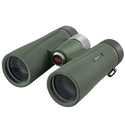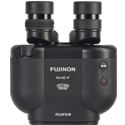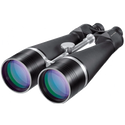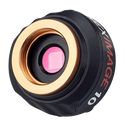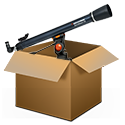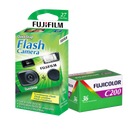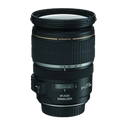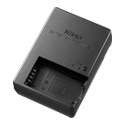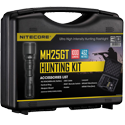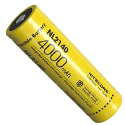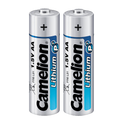For birdwatchers, hunters, cinematographers as well as photographers, these three legged legends are a must have in anybody's kit. Over the course of this guide we will discuss the pros and cons of each type. There are many factors when considering the right tripod. From payload and carrying weight to it's height it can be overwhelming. By working out what you need before shopping, it makes selecting the right tripod that much easier.
Be aware that not all tripods are sold as complete kits. Many tripods are sold 'headless' and require a tripod head to be purchased seperately.



